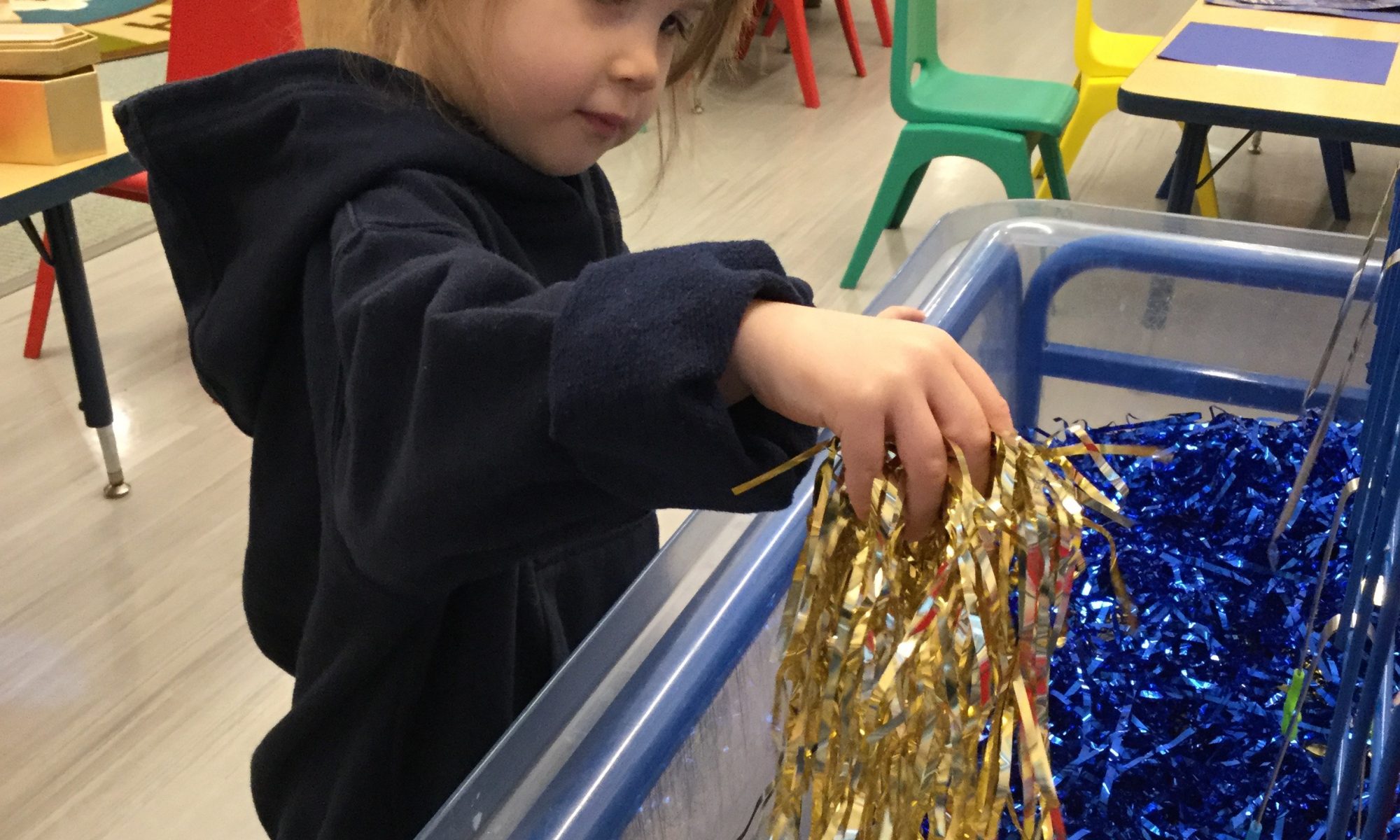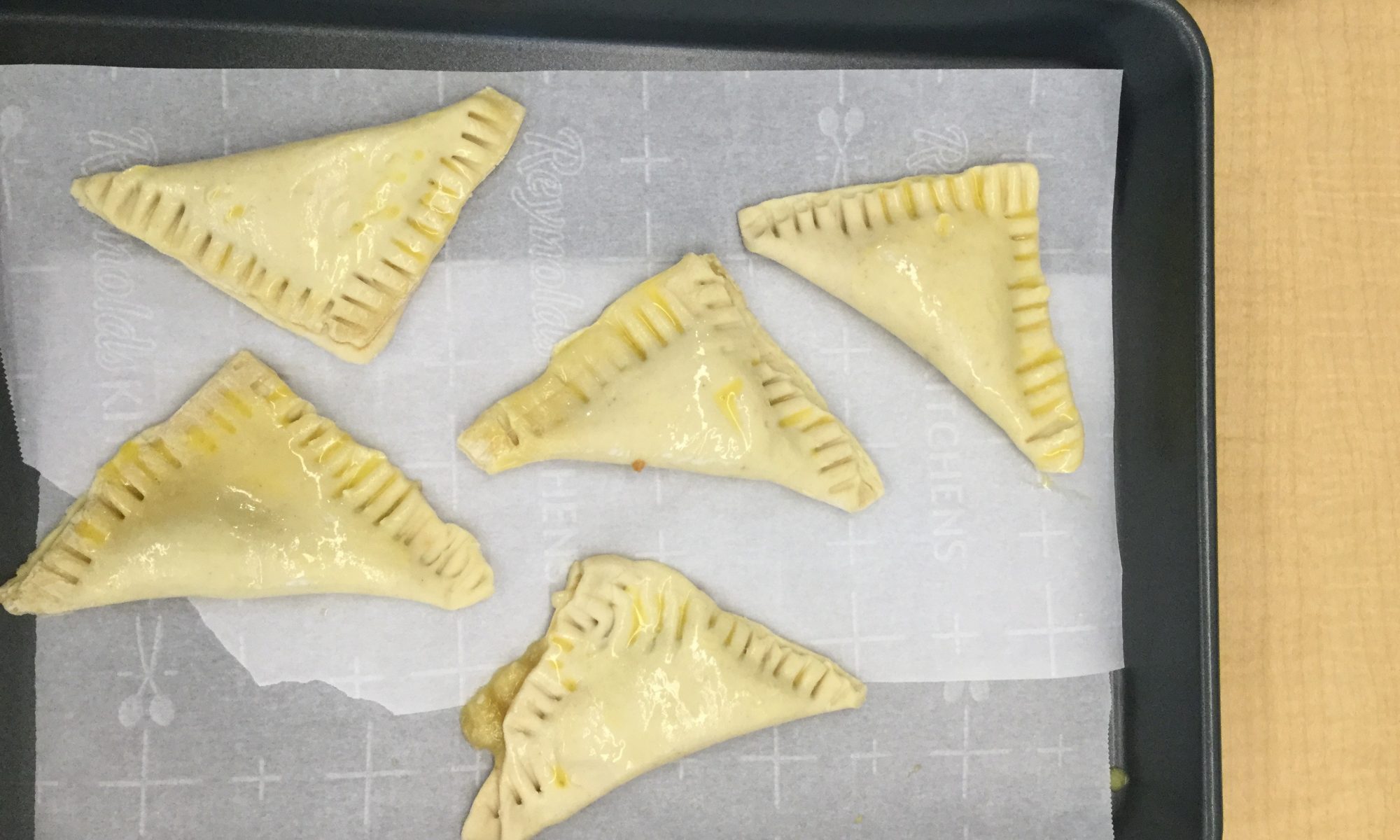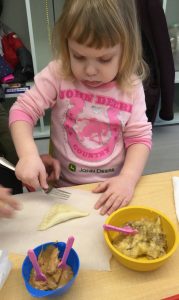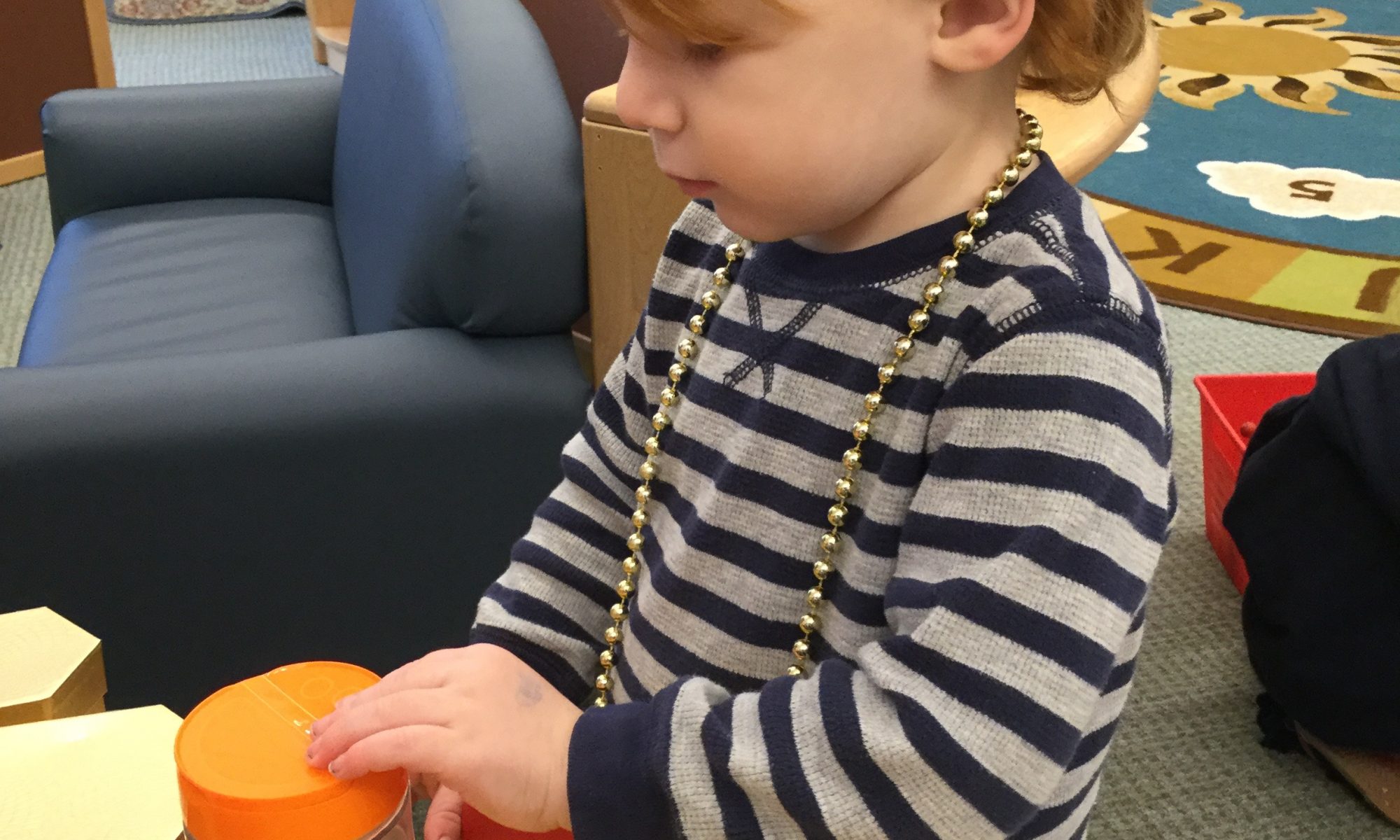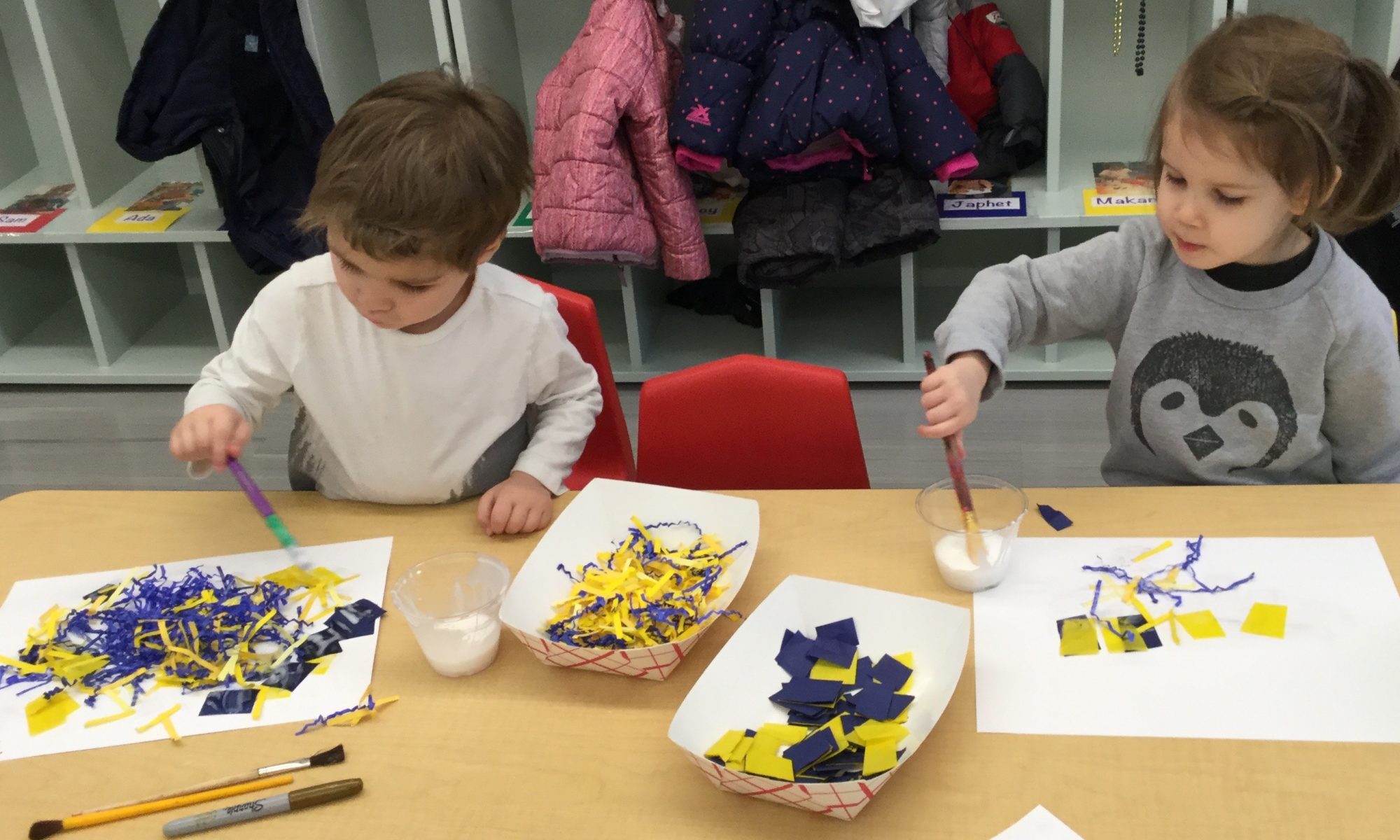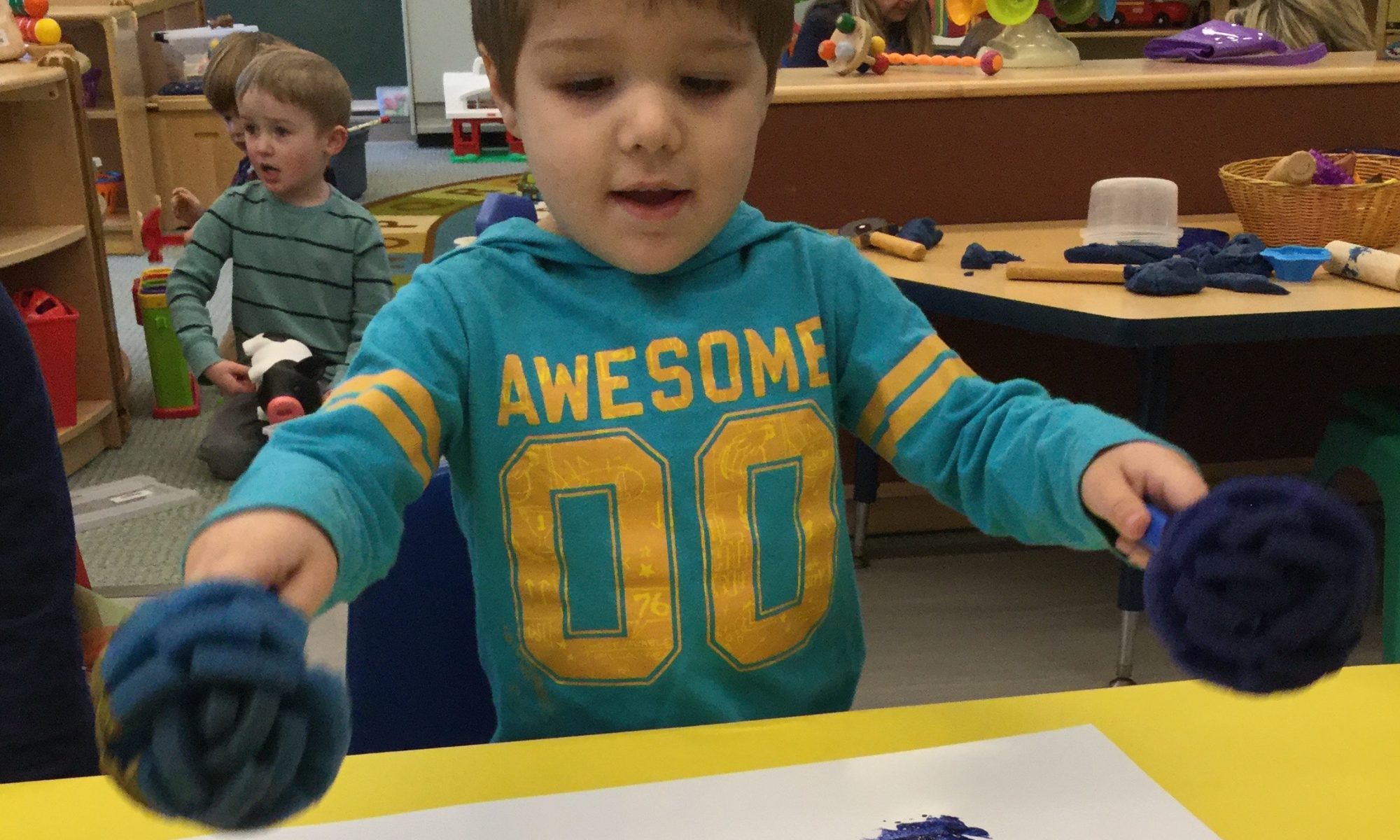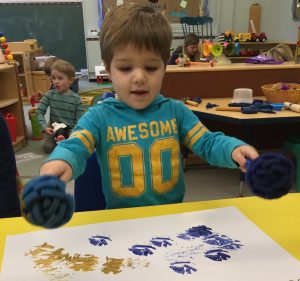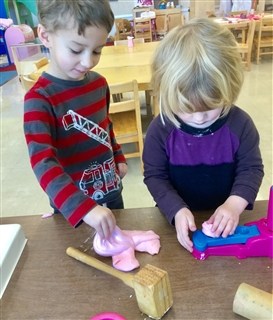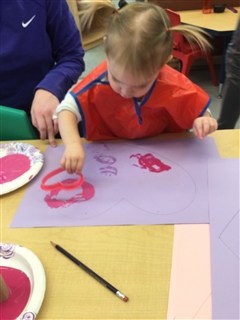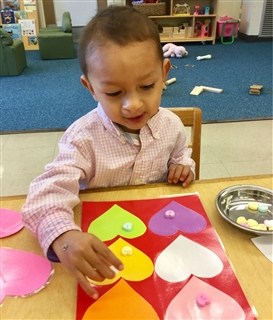Materials
Large plastic tub
Metallic Foil Shred Filler
Directions
Empty metallic shred filler into a large tub. Encourage your child to explore it – pull it apart, Hide small objects in the filler and invite your child to find them.
For preschoolers, hide pairs of magnetic letters and invite your child to find the pairs – matching upper case letters; pairing lower case letters with their upper case letters; try to create simple words, etc.

